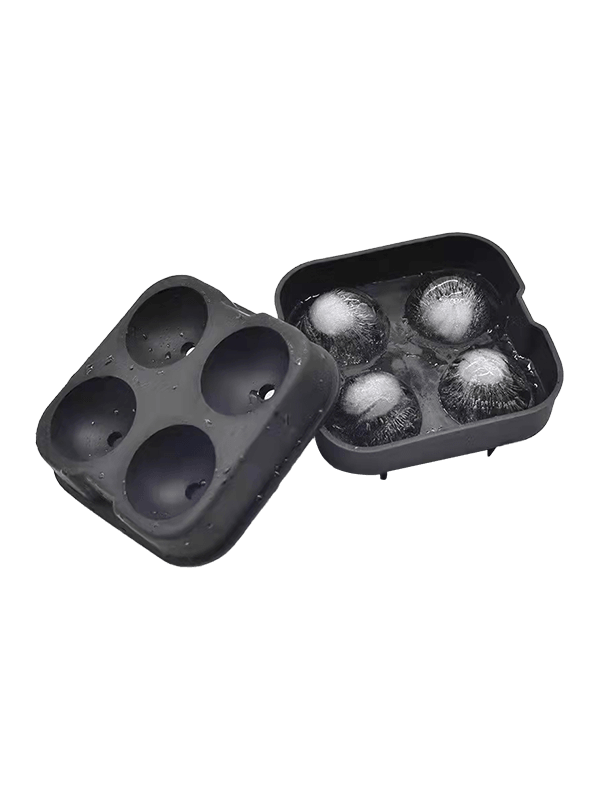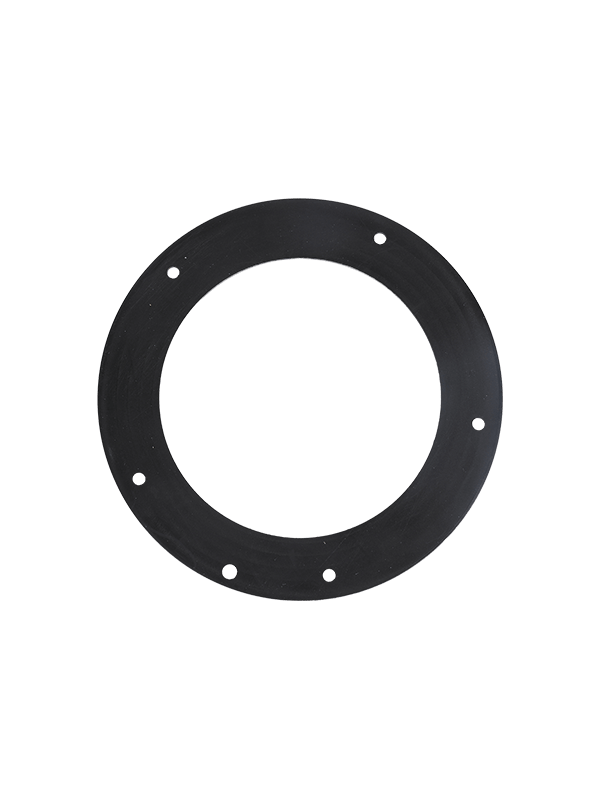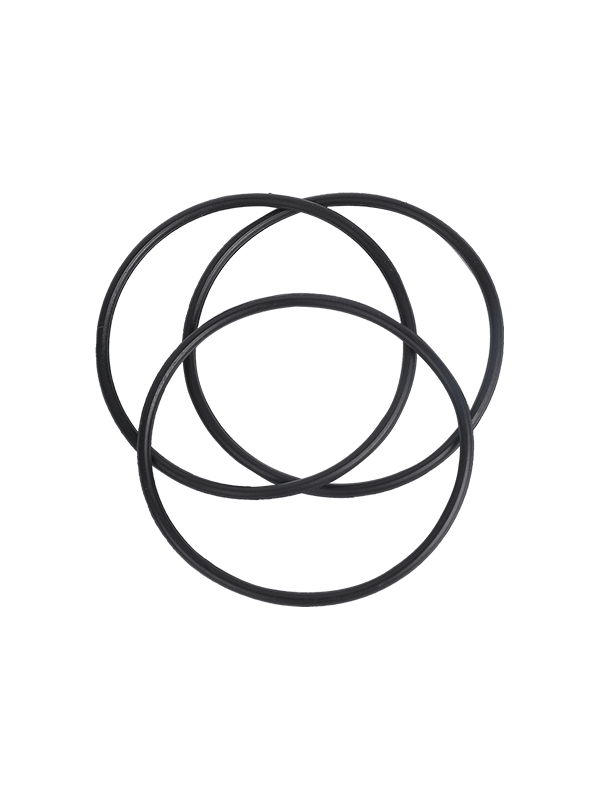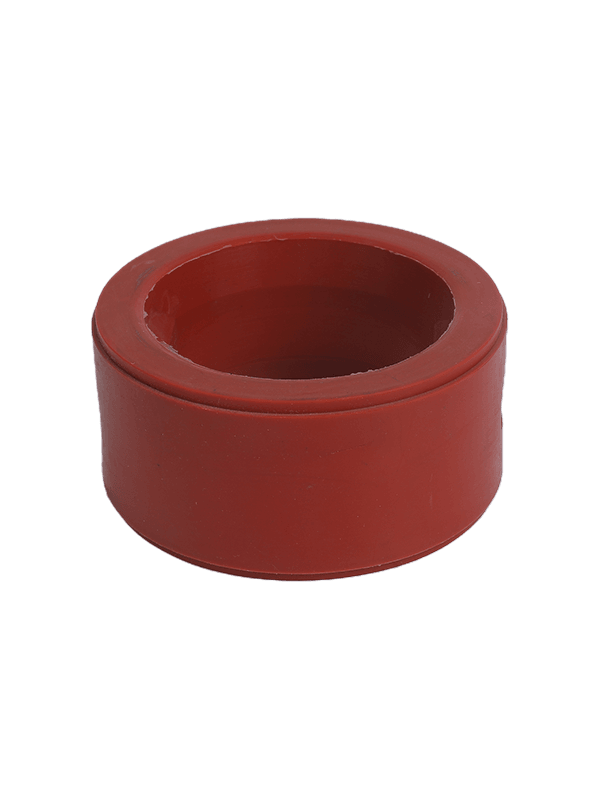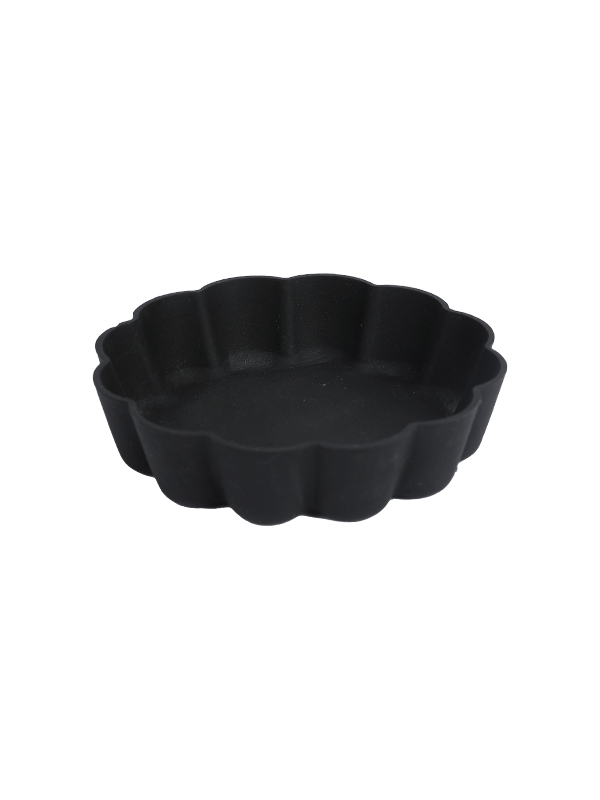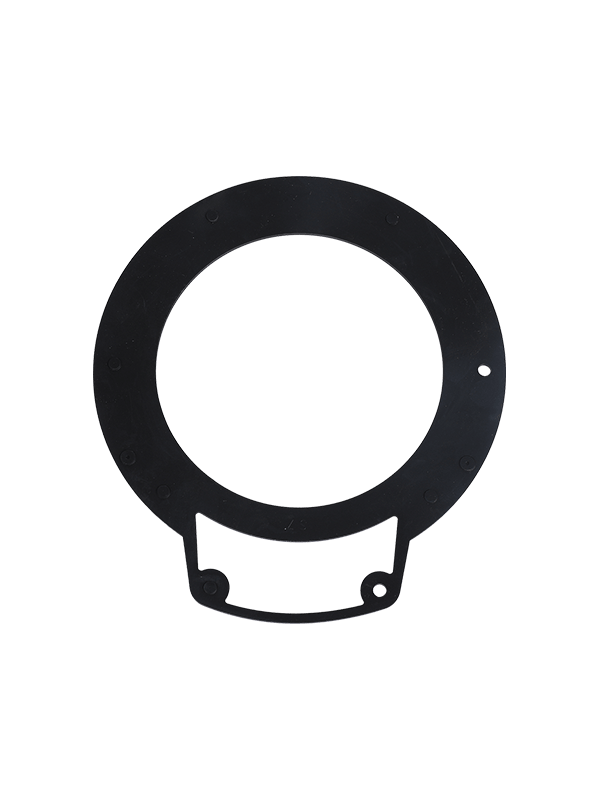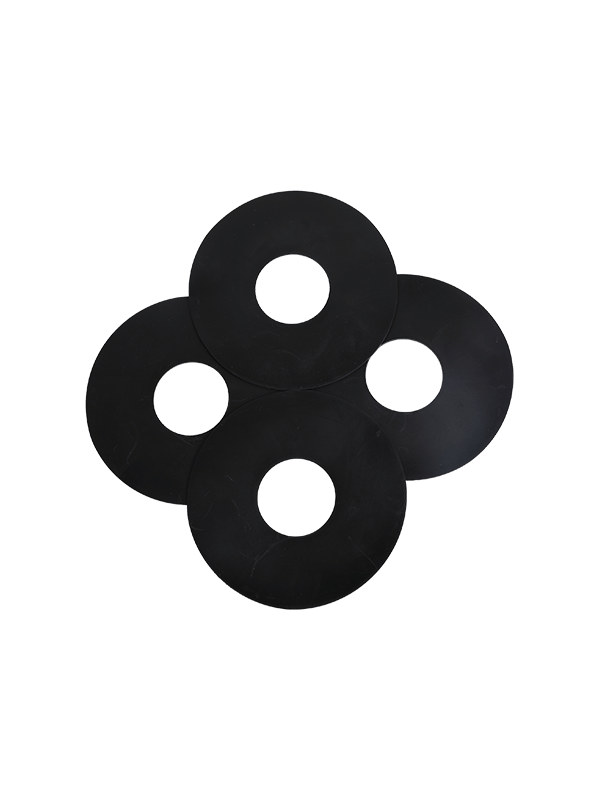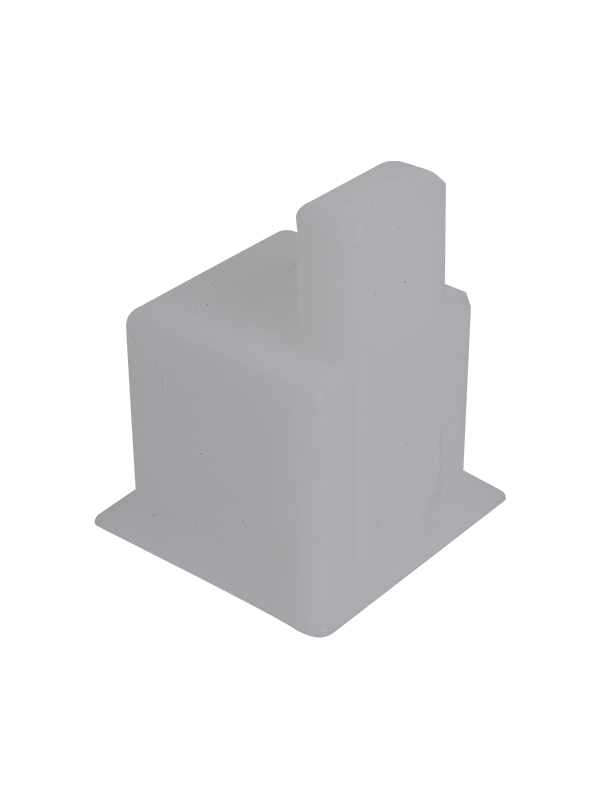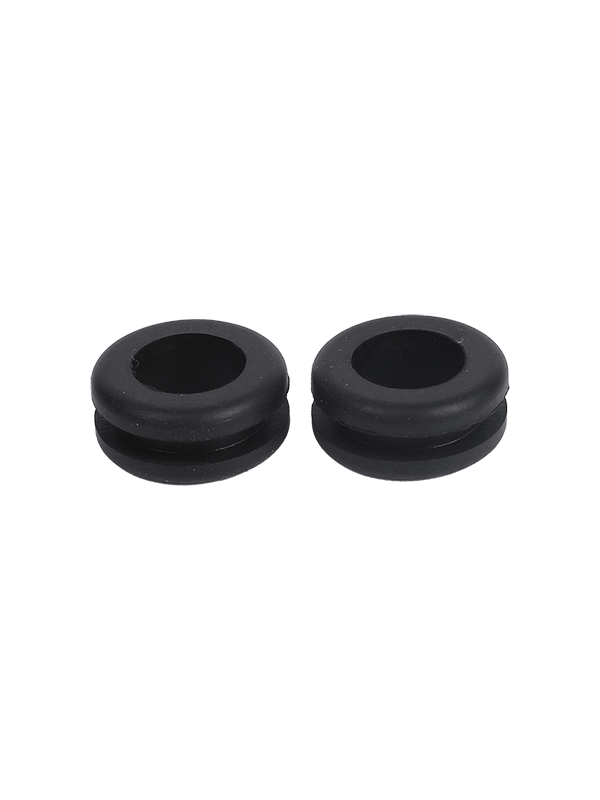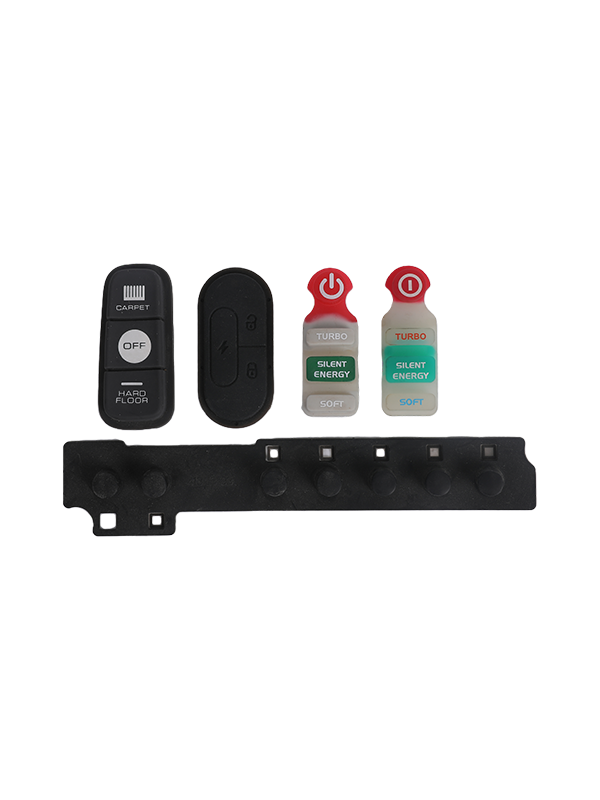The heat resistance of
rubber sealing rings depends on the type of rubber material used in their construction. Different rubber compounds have varying temperature ranges at which they can effectively function without significant degradation. Here are some common types of rubber materials used in sealing rings and their general heat resistance:
Nitrile Rubber (NBR):
Nitrile rubber is generally resistant to moderate temperatures, typically up to around 212°F (100°C). Higher temperatures may cause accelerated aging and reduced performance.
Fluoroelastomer (Viton):
Fluoroelastomers, often known by the trade name Viton, exhibit excellent heat resistance. They can withstand temperatures ranging from -20°F to 400°F (-29°C to 204°C) and, in some formulations, even higher.
Silicone Rubber:
Silicone rubber has good heat resistance and can handle temperatures ranging from -40°F to 500°F (-40°C to 260°C) or more, depending on the specific formulation.
Ethylene Propylene Diene Monomer (EPDM):
EPDM rubber offers good heat resistance and can operate effectively in temperatures ranging from -40°F to 300°F (-40°C to 149°C).
Chloroprene Rubber (Neoprene):
Neoprene has moderate heat resistance and can generally withstand temperatures between -40°F and 212°F (-40°C to 100°C).
Polyurethane (PU):
Polyurethane rubber exhibits good heat resistance, and its temperature range can vary based on the specific formulation. It can handle temperatures up to around 200°F (93°C) or higher.
It's important to note that these temperature ranges are general guidelines, and the actual heat resistance of a specific rubber sealing ring depends on factors such as the formulation, thickness, and the presence of additives or reinforcements. Additionally, prolonged exposure to elevated temperatures can lead to accelerated aging and a reduction in the sealing ring's overall lifespan and effectiveness.
When selecting a rubber sealing ring for a particular application, it's crucial to consider the expected operating temperature range and choose a material that can withstand the specific conditions. Manufacturers often provide detailed technical specifications for their rubber products, including information on temperature resistance, to help users make informed decisions based on their application requirements.
